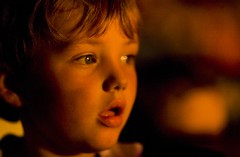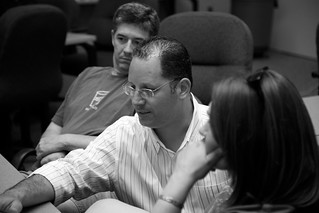 We had a blast!
We had a blast!
We brought along another family of five. Our baby was in the trekker and I didn't wear boots ... a big mistake in wet, melting snow, overcast weather.
The first cache was a multicache (we had the coordinates to the first clue which was supposed to point to a second clue which then points to the final cache). We found it pretty quickly but I forgot how to decode the second line of the message: B 349 T
I later learned it meant "bearing 349° from true north." We missed it by 5 meters! We're going back tomorrow. ;-)
The second cache we also found fairly quickly but it was a micro cache and we didn't know that we were holding it! I looked it up online and ran back to open it and log our visit. The clue that set me off was the description of the cache as something a "muggle" would overlook but to a geocacher it would stand out ... made me think of a "portkey". We logged the visit in the log book and online. The cache owner emailed me within a half hour with congratulations and to welcome us to the sport of geocaching.
This was so much fun I can't wait to go again. If we can we'll squeeze in a hunt this afternoon but if not we're going again tomorrow.
This has given me some great ideas for next year's Mystery Coin Hunt. ;-)
I also have a new podcast to listen too. If you geocache you may be interested in podcacher.com.
- 3/26/2007 02:21:00 pm
- 2 Comments





